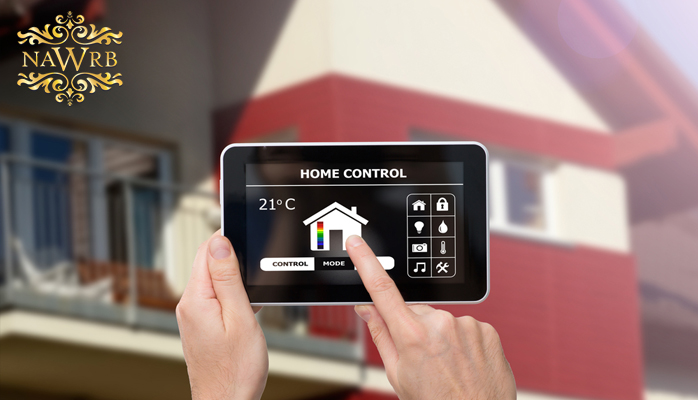NAWRB wishes all our readers a very Happy 2016.
According to the the Smart Home Marketplace Survey from Coldwell Banker Real Estate LLC, 2016 could be the year when smart homes become a mainstream commodity. If you have been shying away from upgrading to smart gadgets, this is the year to act.
The survey approached 4,000 participants and found that many homeowners are ready to spend more money to present their homes as smart homes. Among the respondents, 57 percent men and 43 percent women made up smart-home owners. Millennials comprise 43 percent of this group, while 33 percent are between the ages of 35 and 54 and 24 percent are 55 or older. Also, about 44 percent of these owners have children under 18.
The participants say that key features including advanced security systems, temperature control, lighting and safety features like carbon monoxide detectors make a home smart. With smart security and temperature control systems being the top features, we expect to see more advancement in these avenues. More than 76 percent of homeowners are of the opinion that having just one of the above technologies does not make their homes smart; a home should contain at least three smart features.
According to this survey by Coldwell Banker, 45 percent of Americans already have some smart features or at least plan to upgrade in 2016. Are smart features advantageous? Around 54 percent of homeowners are willing to incorporate some smart features before placing their homes on the market; 65 percent are willing to pay $1,500 or more and 40 percent are willing to spend $3,000 or more to make their homes more appealing to buyers.
The survey found that 58 percent of the respondents would consider buying a home with smart security systems, while 56 percent prefer advanced temperature control devices. Only 34 percent were interested in smart appliances, and 29 percent in entertainment systems.
Smart homes are no longer exclusive to younger, educated and wealthier homeowners; 40 percent of homeowners above 65 utilize advanced temperature control systems compared to only 25 percent of millennials. Homeowners with incomes ranging from $50,000 to $75,000 and those between $75,000 and $100,000 adopt smart technologies at 25 and 26 percent respectively.
With new smart trends emerging, 2016 has the potential to become an interesting year for all in the housing continuum.

 Login
Login

